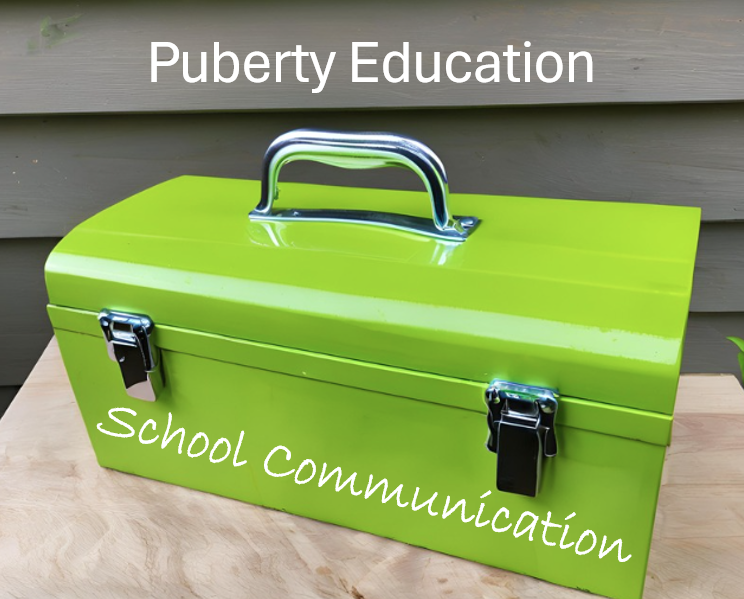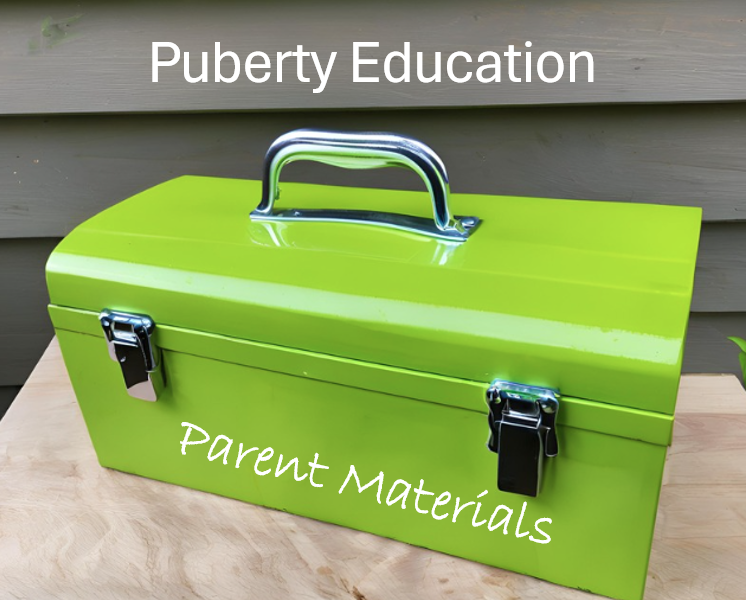It is tempting to think fifth graders aren’t ready to learn about puberty and sexuality. After all, they’re just children, right?
Yes, fifth graders are typically 10 and 11 years old. However, they have many characteristics that make it important to teach them about the changes they will experience, or are already experiencing, as they move through puberty on their way to adulthood. I have developed 5th grade puberty lesson plans
that prepare these children for the changes they will experience. Based on my experience of working with and developing a curriculum for these students, here are a few things to consider about teaching puberty to 5th graders.
Physical Development:
Hormones released into the body trigger the changes of puberty: the years of changing from a child to an adult. The earliest signs of puberty begin between ages 8 and 13 for children assigned female at birth, while puberty typically begins two years later, between ages 10 and 16, for children assigned male at birth. At age 10, many children begin their growth spurt, which can result in clumsiness as their extremities grow faster than their torsos. One very noticeable characteristic is an increase in body odor. This can be a source of embarrassment, and even teasing, if children aren’t taught new hygiene habits to care for their pubescent bodies. Menstruation can begin as young as age eight, and nocturnal emissions at age 11, so it is important to teach fifth-graders what to expect so they aren’t frightened at these new, normal body functions.
Social Development:
Prior to fifth grade, most students have focused on their families as their primary social group. In fifth grade, many students begin to seek some independence and build stronger ties to their peer group than before. They want to belong and fit in. In order to make and keep positive friendships and get along well with others, they will need to develop their social skills. They may also have romantic feelings for their peers or older individuals as a result of their new hormones. Learning how to navigate social situations outside their family is vital to success at school and in their future roles as citizens, employees, and family members.
Emotional Development:
The same hormones that cause physical changes also cause emotions to swing. One moment, a fifth-grader may seem very mature and independent; another moment, they may act very needy and irresponsible. Children this age begin to feel pressure to be popular, which means being like their peers. Those who start showing signs of puberty earlier than their peers may feel embarrassed and self-conscious, or they may feel proud. Assuring children that they are normal and encouraging them to be respectful of everyone’s individual pace of development is important.
Intellectual Development:
Fifth graders are curious. They also like to know the rules and how things work. As they notice the changes of puberty in themselves and others, they have many questions. It is up to adults to be open to all questions and be prepared to answer them by explaining what things are and how they work. Because fifth-graders are very concrete in their thinking, answers should be short, simple, clear, and avoid free of euphemisms. I like to remind adults, “Kids are like mechanics; they just want to know how it works.”
Teaching puberty to 5th graders…
focuses on these characteristics and allows for the wide range of development in this age group. All children, whether they have or haven’t started puberty yet, can be engaged through relevant instruction and activities.
Want tools for teaching puberty lesson plans to grade 5 students?

- Check out Puberty: The Wonder Years. Puberty: The Wonder Years for grade 5 teaches children about communication with trusted adults, the changes in puberty, personal hygiene, peer relationship skills, and interpretation of media messages.
- Read about helpful tools for sex educators, including those who teach about puberty.
- Read about healthy childhood sexual development and how you can help children develop into sexually healthy adults.
- Consider taking an Online Training Course to increase your comfort and confidence in teaching 5th graders about puberty.
Sources:
- Characteristics of 5th Graders, Responsive Classroom
- Parent Toolkit for Social-Emotional Milestones, Pearson (English & Spanish)
- Grade-by-Grade Learning: Fifth Grade, PBS Parents
- What Fifth Graders Want to Know About Sex and Puberty, Psychology Today
- Puberty: The Wonder Years, Appendix A: “Puberty-Time of Wonder”
revised 2023-1-29



